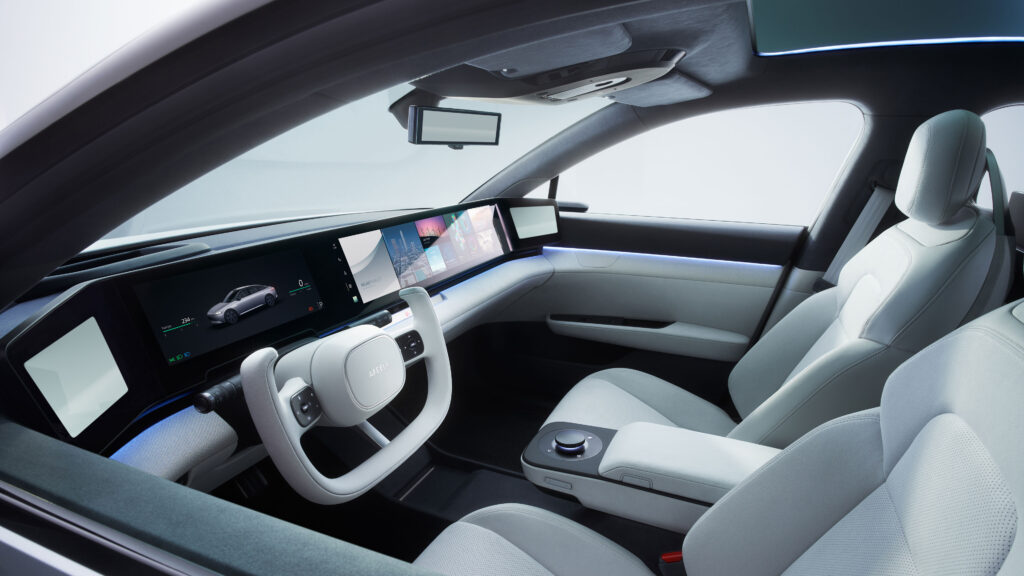
From the United Kingdom, the experience comes with the vertical theater that evolves in height, as on each floor it hosts a series of reserved stages that guarantee everyone an attractive and intimate experience but in the open air, as it does not have side walls but only top covers, almost like a stadium but will Assemble and disassemble when necessary. To resume live shows with a higher security level than the current level.
The design of a new performance space can be used according to the creators for all kinds of events, from theatrical performances to music festivals to world artist tours, circuses, television events, and even conferences or political appointments. It was designed by a group of architects from the British studio Stufish who specializes in entertainment with some theater directors and producers. Its capacity ranges from 1,200 to 2,400 people, according to social distancing rules that the authorities will impose in different places on the planet where the different pop-up theaters will be established.
The audience finds a space in the balconies of different levels of the structure, able to accommodate and isolate the transparent panels from other groups of four to 12 people, to help their families or “social bubble” without having to mix with the rest of the spectators. The catchy side is that every member of the public has a close view of the performance space, not to mention that the structure will be reusable and modular units at low costs to increase capacity when the constraints related to containing the epidemic are in the past.
For example, Stufish’s partners include Rick Lipson, the architect who created very challenging tour projects that include names like Beyoncé, U2, Rolling Stones, Madonna, Elton John, Monty Python, and Queen + Adam Lambert. Evidence of the fact that the project is pursuing concrete applications is the launch of a company, The Vertical Theater Group, which will develop and create this temporary structure that is fired outside of ancient tensile structures, to reinvent the live experience.
Even the arrival and flow of spectators to the outside will be rethought, starting in the same location of the structures, and will allow to avoid the bottlenecks that would otherwise risk creating structures normally used for performances, from theaters to stadiums. In its design, the various stages are connected by wide corridors that remain open. The first facility should be ready in the coming months, but the company plans to launch several campaigns around the world, as vaccination campaigns begin and life will start to flow again, albeit with some caution. The vertical theater is evidence that many in those worlds have been waiting: to exploit the crisis to devise new solutions that ensure the quality and participation of a modern and traditional live show.






